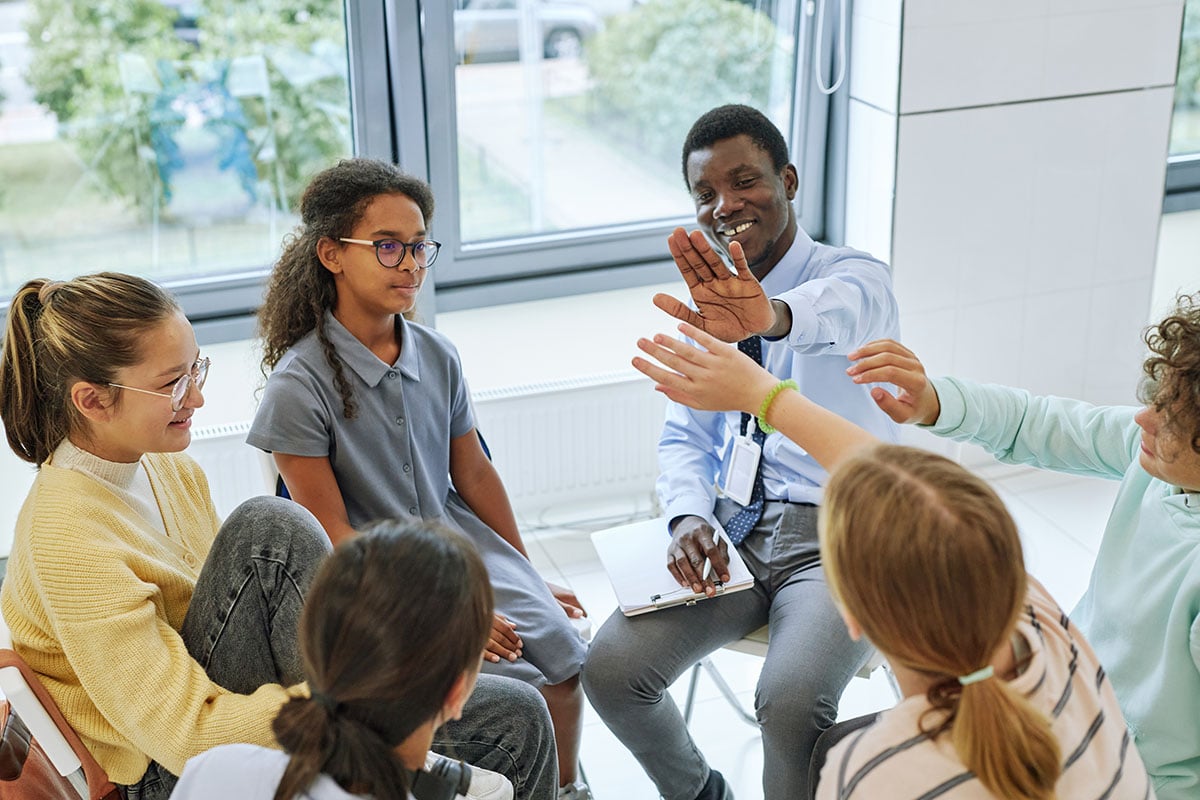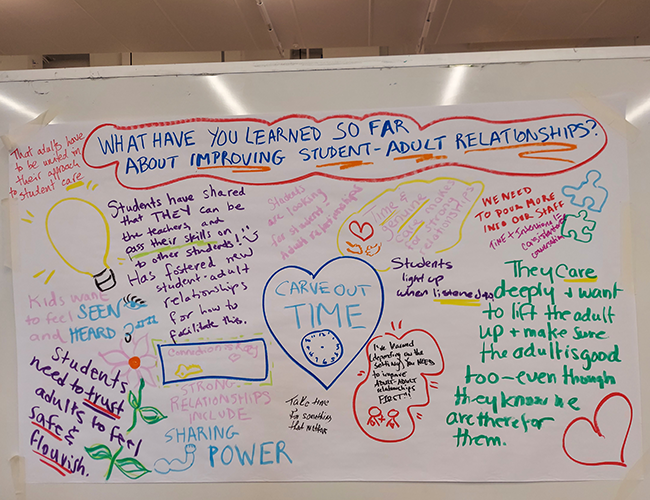Blog
Student Engagement: Building Relationships, Finding Their Sparks
Engaging young people can sometimes feel like pulling teeth. Trust between adults and students doesn’t just happen, it takes intention, openness, and patience. Like most of us, students respond to kindness, repeated interest, empathy and compassion. Finding students’ sparks, their passions that they find deeply motivating, and building a relationship with them based on those sparks, has been proven to be effective.
Finding Students’ Sparks
Sparks are what get a young person to look up from their hand-held devices, jump out of bed in the morning, and feel connected to and inspired by the world around them. When students know and act upon their sparks, and have adults that support them, they often do better in school, develop important life skills, and feel more positive about the future.
Here are some downloadable activities to make your student’s sparks fly:
- Open their imaginations as a first step to finding their sparks. Ask open-ended questions like ‘When in your life do you feel happiest? What are you doing at those times?’
- Use the Reach Strategies Guidebook questionnaire to get to know your students better and integrate their passions into your curriculum and activities.
- Get to know students through their sparks. Recognize the intrinsic motivation and competence that many students feel when doing things that connect with their true passions.
- Build connection through sharing sparks. When adults express genuine interest in young people’s sparks and ask probing questions about them, young people feel deeply seen, cared for, and empowered.
- Tap students’ sparks to ignite learning. Give students regular opportunities to bring their sparks into what they are learning and doing in class. Expose them to other adults and young people who share their sparks, to inspire them to deeper learning and concrete visions of possibilities for the future.
Building Trust and Connection
Creating an open, student-centered environment in a classroom or program takes time and often structured activities, but the payoffs can be life-changing. Below are some useful tools and strategies to support student engagement.
- Get to know your student. Spending as little as two minutes a day for 10 days, especially at the beginning of a school year can foster the kind of open relationship that builds trust and allows students to inquire and thrive.
- Dialogue journals. Students and teachers can write to each other through journaling exercises as a means of building a positive relationship and growing students’ self-awareness and social awareness. Activities are available at all levels, elementary, middle school, and high school.
- Give wise feedback. This exercise helps teachers respond to students in a way that builds their academic mindset, trust, and positive identity.
- Everyone matters. It’s important for authentic student engagement that no one in the class or group feels shut down or overlooked. With this tool, teachers can facilitate the important work of students’ acknowledging, appreciating, and respecting each individual in the classroom.
Relationship-Rich Places For Student Development
The relational culture of an organization plays an essential role in ensuring that all young people, regardless of background or circumstances, have the nurturing, support, and guidance they need to learn, grow, and thrive.
A relationship-rich space, in school or after-school programs, is one that invests in support structures and teacher training to create an intentional and inclusive relational climate. It is the baseline, overarching environment that helps students find their sparks. With this type of learning environment, students will be more open to engaging in developmental relationship-building, sparks-finding, and sparks-developing activities — and will be more likely to succeed academically and into the future.




